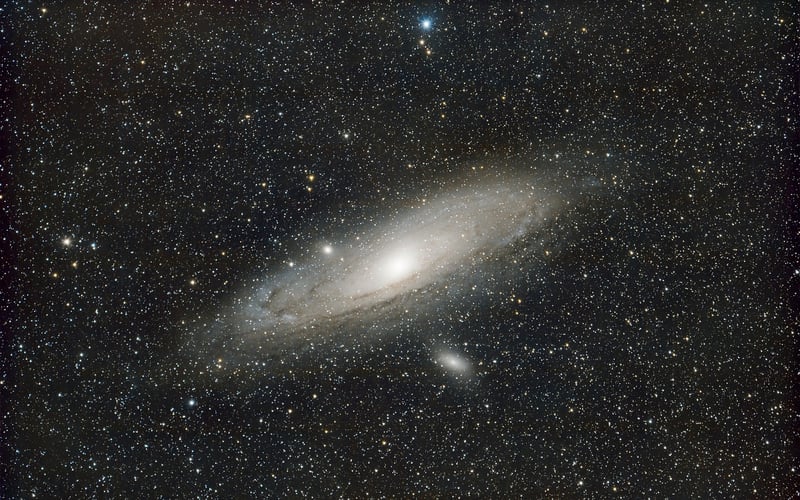Space-Time Continuum
Mechanisms of Time Travel and the Space-Time Continuum
Time travel, a concept that has fascinated humanity for centuries, has been a popular theme in science fiction literature and movies. While time travel remains theoretical and has not been proven possible, various theories and mechanisms have been proposed by scientists to explore the idea. One of the key theories that underpins time travel is the concept of the Space-Time Continuum.
The Space-Time Continuum
The Space-Time Continuum is a fundamental concept in physics that combines three-dimensional space and one-dimensional time into a single four-dimensional continuum. According to Einstein's theory of General Relativity, space and time are interconnected, and the fabric of the universe is represented as this continuum.
One of the implications of the Space-Time Continuum is that massive objects can warp the fabric of space-time, creating what we know as gravity. This warping effect is visualized as a massive object like a planet causing a dip in the fabric, and smaller objects like asteroids or satellites following the curved path around the larger mass.
Mechanisms of Time Travel
1. Wormholes
One of the popular mechanisms proposed for time travel is the concept of wormholes. Wormholes are hypothetical passages through space-time that could create shortcuts for long journeys across the universe. In theory, if a wormhole could be stabilized and manipulated, it could potentially allow for travel not only through space but also through time.
2. Time Dilation
Another mechanism related to time travel is time dilation, a phenomenon predicted by Einstein's theory of Special Relativity. Time dilation occurs when an object is moving at speeds close to the speed of light or in the presence of intense gravitational fields. In these scenarios, time for the moving object would pass slower relative to a stationary observer, potentially allowing for time travel into the future.
3. Grandfather Paradox
One of the famous paradoxes associated with time travel is the Grandfather Paradox. It poses the question of what would happen if a time traveler were to go back in time and prevent their grandfather from meeting their grandmother, thus preventing their own birth. This paradox raises questions about the consistency of time travel and the possibility of altering the past.
Conclusion
While time travel remains a fascinating concept that captures the imagination of many, the mechanisms proposed for achieving it are based on complex theories in physics. Whether through wormholes, time dilation, or other theoretical constructs, the idea of traversing through time continues to intrigue scientists and enthusiasts alike.
For further exploration of this topic, check out these images related to time travel and the Space-Time Continuum:
Explore the depths of the universe and the mysteries of time with these captivating images!


